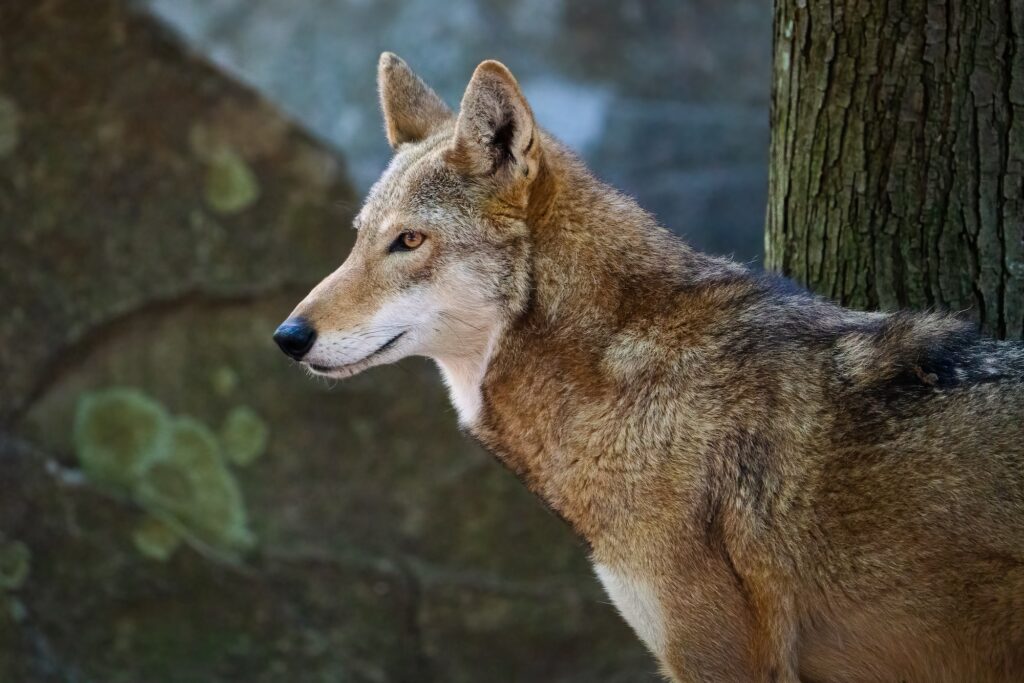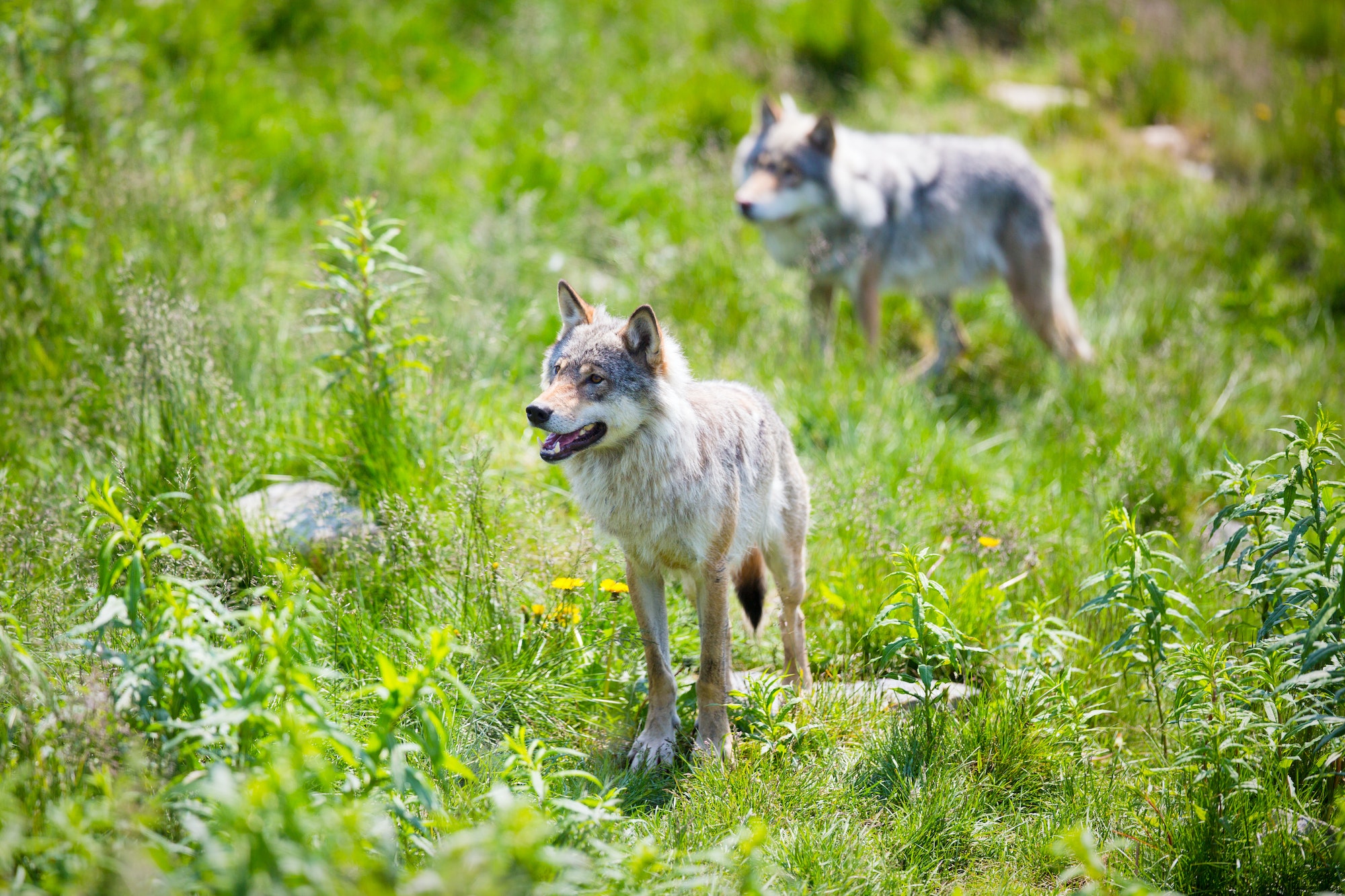Discovering South Carolina’s Wildlife and Wolf History
With its stunning landscapes, South Carolina boasts a rich variety of wildlife species, thanks to the diverse habitats provided by its dense forests, swamps, and coastal areas. Among these creatures, questions have arisen about the presence of wolves in the state. Join us as we delve into the captivating history of wolves in South Carolina, their current population status, and conservation efforts.
Wolves in South Carolina: A Journey Through Time
Historically, the red wolf (Canis rufus) and the gray wolf (Canis lupus) called South Carolina their home. Before the arrival of European settlers, these majestic animals freely roamed the state’s vast expanses. Unfortunately, human expansion, deforestation, and hunting led to a significant decline in wolf populations.
The Enigmatic Red Wolf
The red wolf, a smaller and more slender species than the gray wolf, features a reddish coat and typically weighs between 50-80 pounds[^1^]. Known for their adaptability, red wolves can thrive in various habitats, such as forests, swamps, and coastal prairies[^2^].
During the 20th century, red wolf populations dramatically declined due to habitat loss and predator control programs. By the 1980s, the red wolf was considered extinct in the wild, with only a few individuals remaining in captivity[^3^].
In response, the U.S. Fish and Wildlife Service (USFWS) initiated a captive breeding program, reintroducing the red wolf into North Carolina’s Alligator River National Wildlife Refuge in 1987[^4^]. The program has achieved limited success, with a small wild population now residing in northeastern North Carolina[^5^].

The Majestic Gray Wolf
The gray wolf, also known as the timber wolf, is larger than the red wolf, with adult males weighing between 70-110 pounds[^6^]. Once inhabiting a significant portion of North America, including South Carolina, gray wolves were eradicated from the southeastern United States due to hunting, trapping, and habitat loss[^7^].
There are no known wild populations of gray wolves in South Carolina. The closest populations reside in the Great Lakes region and the northern Rocky Mountains[^8^].
The Current Wolf Situation in South Carolina
Occasional sightings and reports of wolves in South Carolina have surfaced, yet these are often misidentified coyotes, common in the state[^9^]. Coyotes resemble wolves in appearance, but they are smaller and exhibit distinct behavioral differences.
In recent years, no confirmed reports of either red or gray wolves have emerged in South Carolina[^10^]. The red wolf population remains confined to the reintroduction area in North Carolina, while gray wolves are still absent from the state.
Preserving and Protecting Our Wolf Populations
Conservation efforts for wolves in the United States center on protecting and restoring their natural habitats, reducing human-wolf conflicts, and implementing recovery plans. This includes the Red Wolf Recovery Program, which seeks to bolster the red wolf population through captive breeding and reintroduction initiatives[^11^].
Public awareness and education are crucial in wolf conservation. By recognizing the vital role wolves play in maintaining balanced ecosystems, communities can collaborate to create a more sustainable environment for these awe-inspiring creatures.
Wolf Reintroduction: A Controversial Debate
The subject of wolf reintroduction has generated much debate among conservationists, wildlife managers, and the general public. On the one hand, proponents argue that reintroducing wolves can help restore balance in ecosystems, as they play a critical role in regulating prey populations, such as deer and elk[^12^]. This, in turn, can lead to a cascade of positive ecological effects, such as promoting plant diversity and habitat improvement[^13^].
On the other hand, opponents of wolf reintroduction cite concerns about potential conflicts with livestock and the possible threat to human safety[^14^]. Livestock predation by wolves can result in significant economic losses for farmers and ranchers while raising concerns about potential impacts on local hunting opportunities[^15^].
Managing these competing interests requires a balanced approach that considers the ecological benefits of wolves and the concerns of local communities. Collaborative efforts between conservation organizations, government agencies, and stakeholders can help develop effective strategies to mitigate conflicts and promote coexistence between humans and wolves.
Wolf Watching: A Unique Ecotourism Opportunity
Despite the absence of wild wolf populations in South Carolina, those interested in observing these captivating animals can still find opportunities elsewhere. Wolf watching has become a popular ecotourism activity in various parts of the United States, such as Yellowstone National Park in Wyoming, where the gray wolf was successfully reintroduced in the mid-1990s[^16^].
Ecotourism centered around wolf watching provides a unique opportunity to experience these animals in their natural habitat, fostering a greater appreciation for their role in the ecosystem. Additionally, it can contribute to local economies and support ongoing conservation efforts by generating revenue and raising awareness about the importance of preserving wolf populations[^17^].




